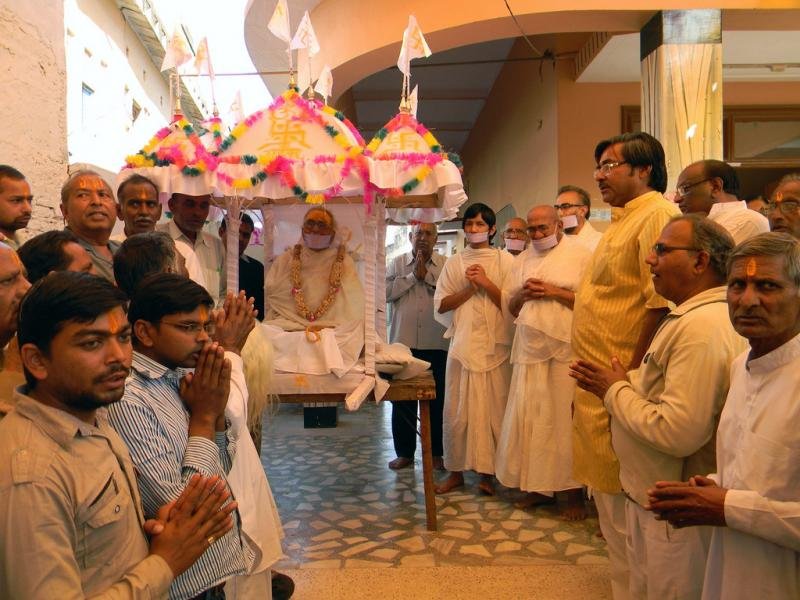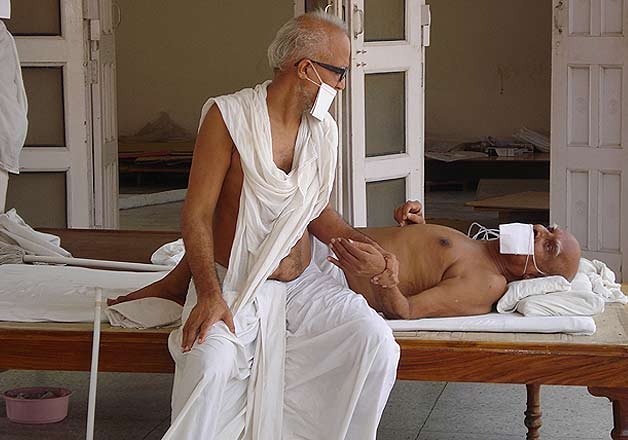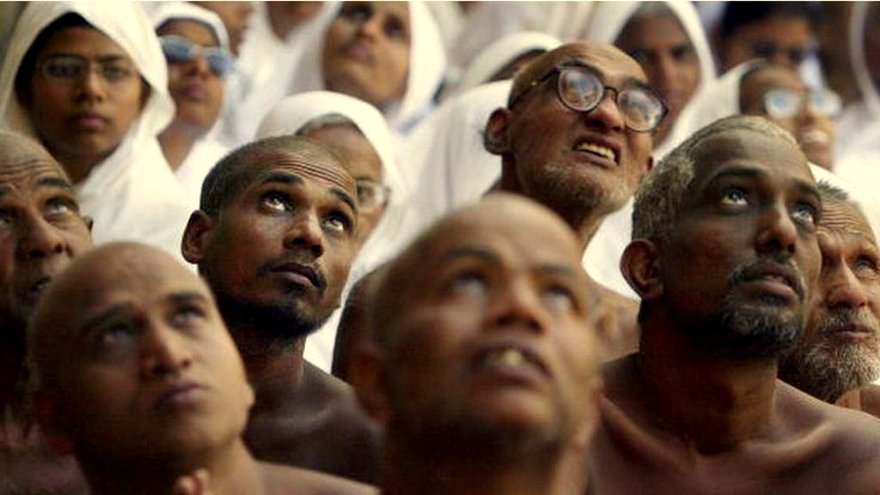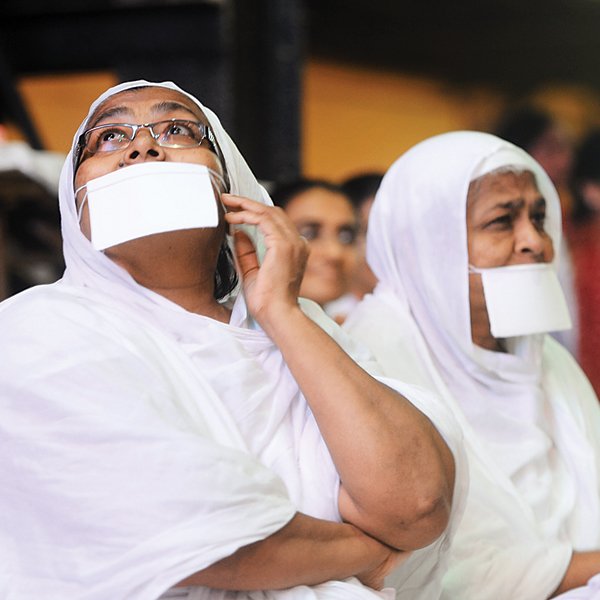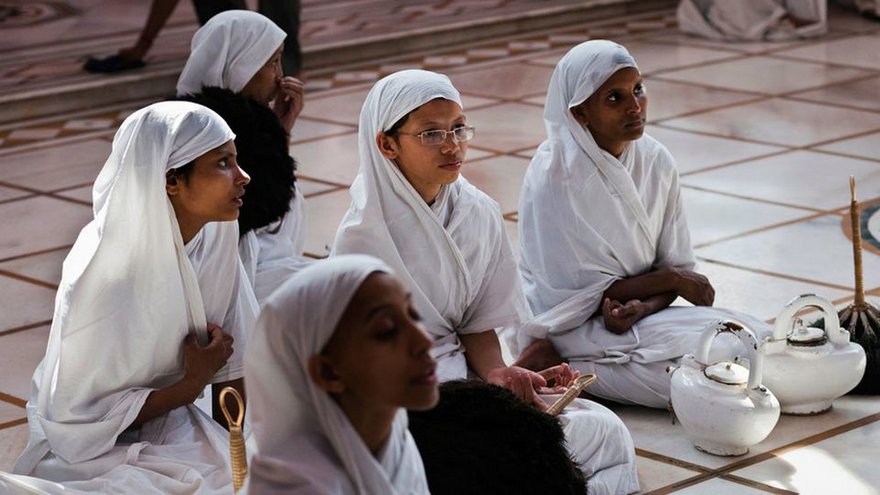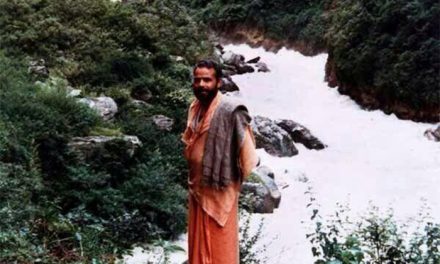Santhara, the centuries old Jain practise of facing death voluntarily was recently banned by the Rajasthan High Court, triggering widespread protests by the community.
The devout Jains believe that Mahavira, the 24th Tirthankar, advised Santhara, or Sallekhana, as the supreme test of spirituality, a way of subduing all passions that cause himsa and preparing for a purified passage into the death state and beyond.
Of late, Santhara has been embroiled in controversy, with critics equating the practice with suicide.
But Iccha Mrityu has been a part of Indian culture, Even in Mahabharat, Gangaputra Bhism was blessed with the power of dying of his own will which he later exercised after the great war.
Here is What You All Need to Know About the Centuries Old Jain Tradition of Santhara:
1) Contrary to popular notion, Santhara is not only observed by Jain monks who have renounced worldly affairs .”In fact, ordinary Jains practice santhara more than monks,” says Jitendra Shah, director of the LD Institute of Indology told TOI.
2) According to Jains, The purpose of Santhara is to purge old karmas and prevent the creation of new ones. Jain Yuva Mahasabha president Sachin Jain told India TV that Santhara is not about death it’s a path to achieve Moksha, it’s a way to appreciate both life and death. It happens with family’s consent
3) According to the Press Trust of India, an average 240 Jains practice Sallekhana each year in India.Also in the first half of 2015, around 118 Jains performed Santhara across India, says a TOI report.
4) Jains also claim that the tradition could not be compared to Sati pratha as it is entirely a personal decision, both men and women do it.and can also be withdrawn if the person feels that he cannot undergo the process.
5) In Jain texts, Santhara is differentiated from suicide by the quality of intent; the Indian Penal Code recognises only form for intent so it would be difficult to convince the court that Salekhana is different from suicide.
6) Under this tradition, more than one person of the same family rarely undergo through the ritual of Sallekhana. However, a Bangalore Mirror report says that researches have found evidence of six people of the same family, who lived in the 12th-13th century AD, that underwent the sacrificial rite.
7) Around 300 BC, Chandragupta Maurya (founder of the Maurya Empire) undertook Sallekhana atop Chandragiri Hill, Śravaṇa Beḷgoḷa, Karnataka.
8) The woman-man ratio of Santhara practitioners stands at 60:40, perhaps because women are generally more strong-willed and have a religious bent of mind.
9) Even, the legal fraternity is divided on the issue, While advocate Sanjay Jain says that Articles 25 and 26 of the Indian Constitution protect all religious practices, unless otherwise prohibited by law, Mahesh Jethmalani argues that any practice that eventually leads to death is attempted suicide.
10) The Jains believe Santhara is not only about death, destruction of life and mortal body. They believe that Santhara leads to non-violence, as person observing this practice subjugates the passions, which are the root cause of violence.

